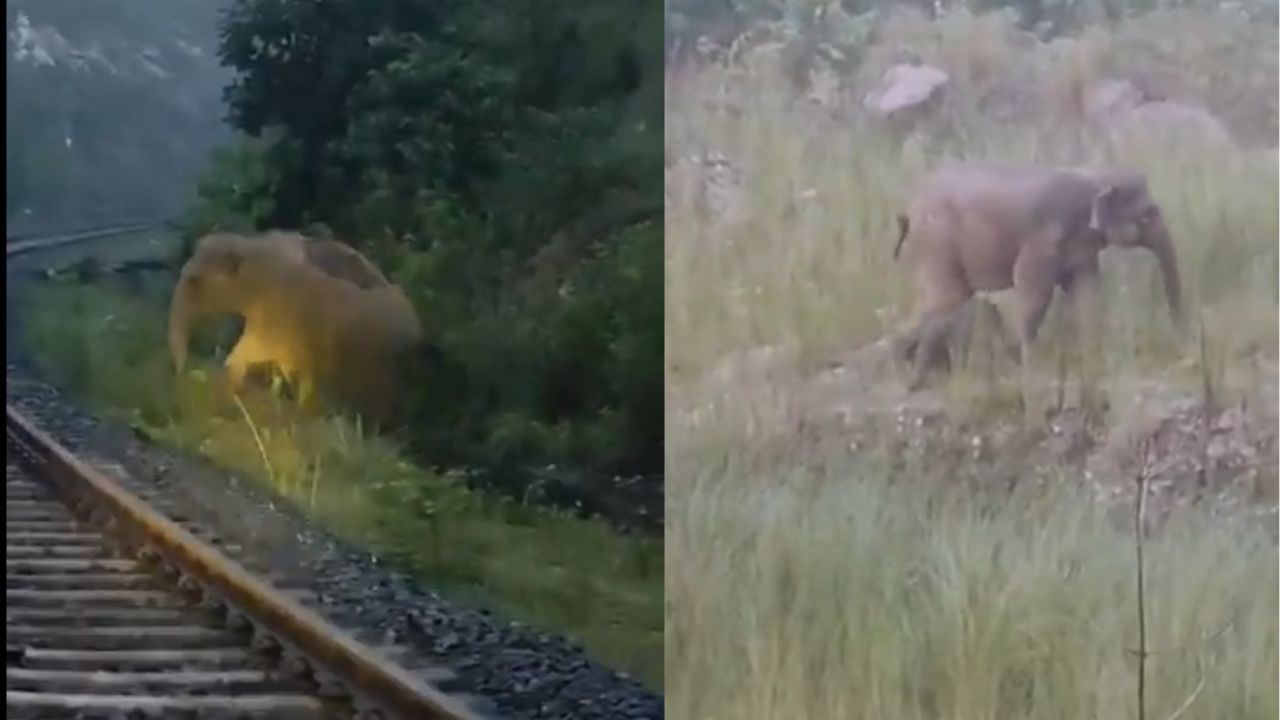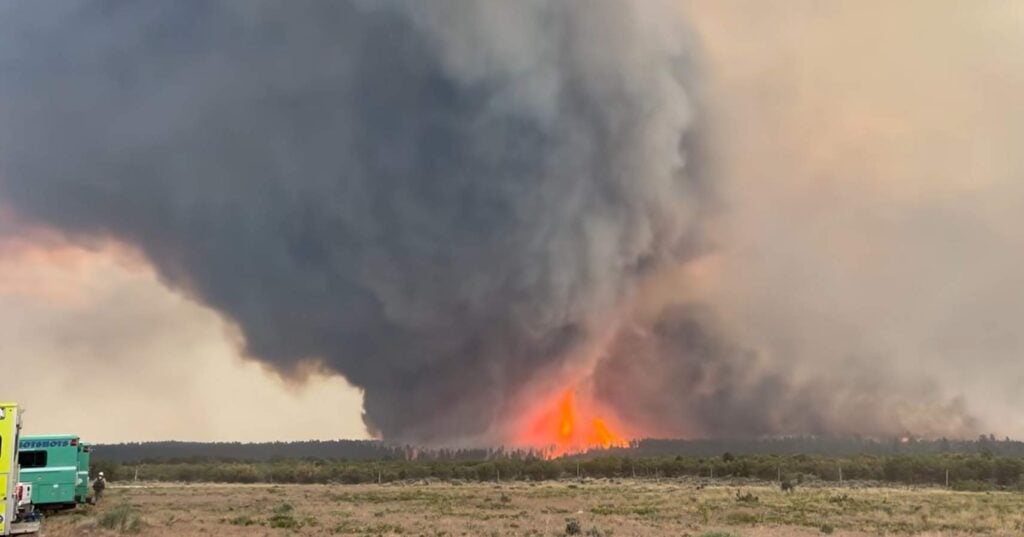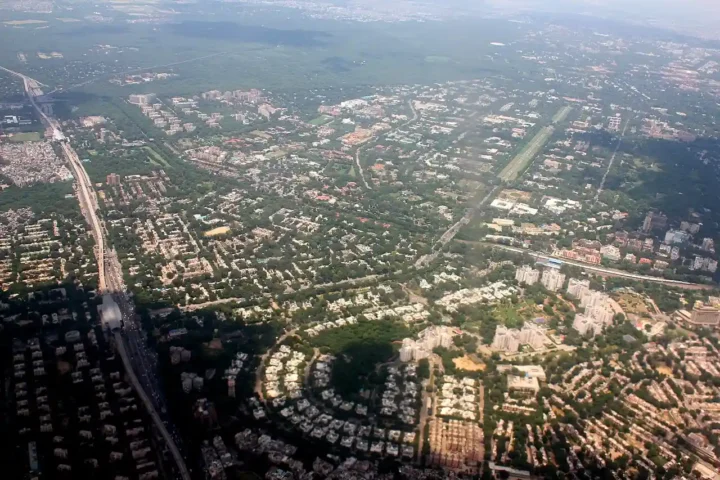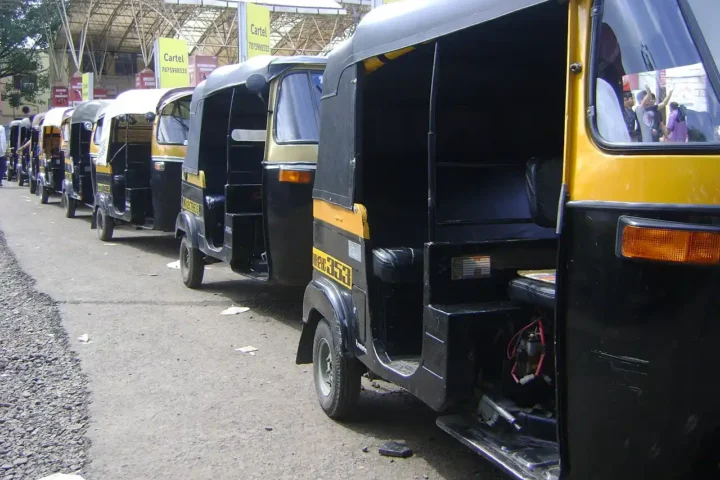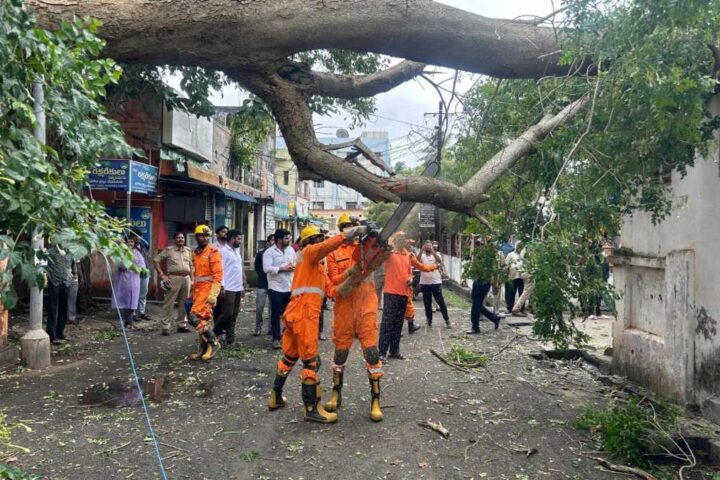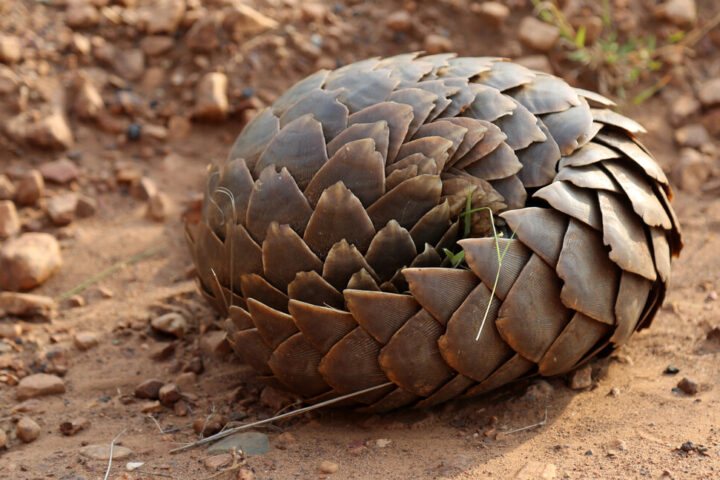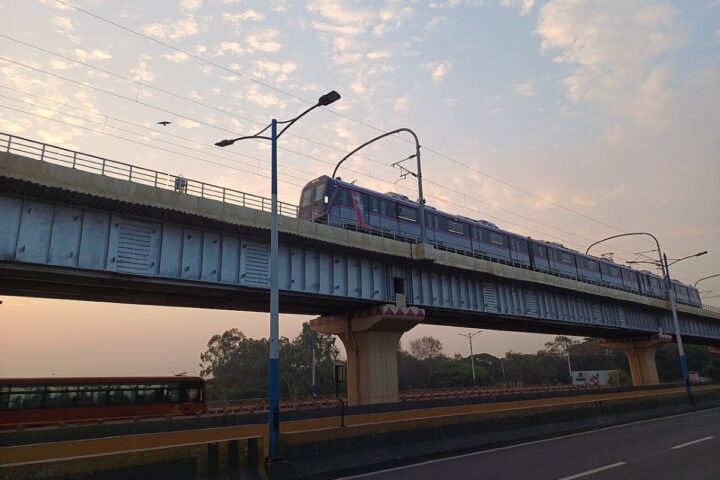A coal-laden goods train on the Ranchi-Koderma line in India’s eastern state of Jharkhand stood motionless for over two hours recently, allowing a remarkable natural event to unfold safely on the railway tracks – the birth of an elephant calf.
The Nature-First Decision in Ramgarh
Between Barkakana and Hazaribag stations in Ramgarh district, railway staff made a compassionate choice when they spotted a female elephant in labor directly on the tracks. Rather than disturbing the animal, they completely halted operations for over two hours, giving the mother elephant the necessary time and space for a safe delivery.
Union Environment Minister Bhupender Yadav shared video footage of the incident on X (formerly Twitter), noting: “This exemplifies human-animal harmonious existence.” The mother elephant and her newborn later returned to the forest unharmed, as captured in the widely-shared video.
Wildlife Corridors Along Railway Lines
This incident highlights the real-world importance of wildlife corridor identification efforts. Government surveys have precisely mapped 110 sensitive wildlife corridors spanning approximately 3,500 kilometers of railway tracks nationwide – crucial areas where elephants and other animals frequently cross transportation infrastructure.
The statistics reveal the urgency of such protection measures: according to the Ministry of Environment, Forest & Climate Change (MoEFCC), 186 elephants were killed by train collisions between 2009-10 and 2020-21. More recent reports from the Comptroller and Auditor General note 61 elephant deaths from train hits between 2016 and 2019 alone.
Human-Elephant Conflict in Eastern India
Jharkhand has recorded 474 human fatalities due to human-elephant conflicts between 2019-2024, ranking second only to neighboring Odisha in casualties, according to Times of India reporting on Union Ministry data. These figures underscore the critical need for effective coexistence strategies.
Similar Posts:
Project Elephant’s Conservation Efforts
India’s Project Elephant initiative, launched in 1991-92 under the Ministry of Environment, Forest & Climate Change, focuses on protecting elephants and their habitats. While not directly responsible for railway corridor mapping, its work complements the MoEFCC-Railways partnership that identifies sensitive zones.
Research published by Cambridge University Press confirms elephants follow traditional pathways and typically “avoid routes near settlements and cultivated land” – behavioral insights that inform corridor protection strategies.
Technology Advancing Protection Efforts
Modern detection systems are showing promise in preventing deadly collisions. TrailGuard AI camera systems tested in West Bengal delivered real-time elephant detections within approximately 40 seconds, with rapid response teams arriving in an average of 18 minutes. During the proof-of-concept period, these systems helped achieve zero human injuries from elephant encounters in the tested areas, according to Japan International Cooperation Agency (JICA) reports.
Public Response Shows Shifting Priorities
Social media reactions to the Jharkhand train halt have been overwhelmingly supportive. Users praised the train driver, railway staff, and forest officials for prioritizing wildlife over schedules – reflecting growing public awareness about wildlife conservation needs.
The Incident: Plain Facts
A coal-laden goods train on the Ranchi-Koderma line between Barkakana and Hazaribag in Ramgarh district, Jharkhand, stopped operations for more than two hours to allow an elephant to deliver her calf safely on the railway track. After the birth, both mother and newborn returned to the forest unharmed. The incident occurred in a region where human-elephant conflicts have resulted in hundreds of human casualties over recent years. Government initiatives including the identification of 110 wildlife corridors along railway tracks aim to reduce such conflicts. Technology solutions including AI-based detection systems show promise in alerting authorities to elephant presence near human infrastructure, potentially preventing deadly collisions.
